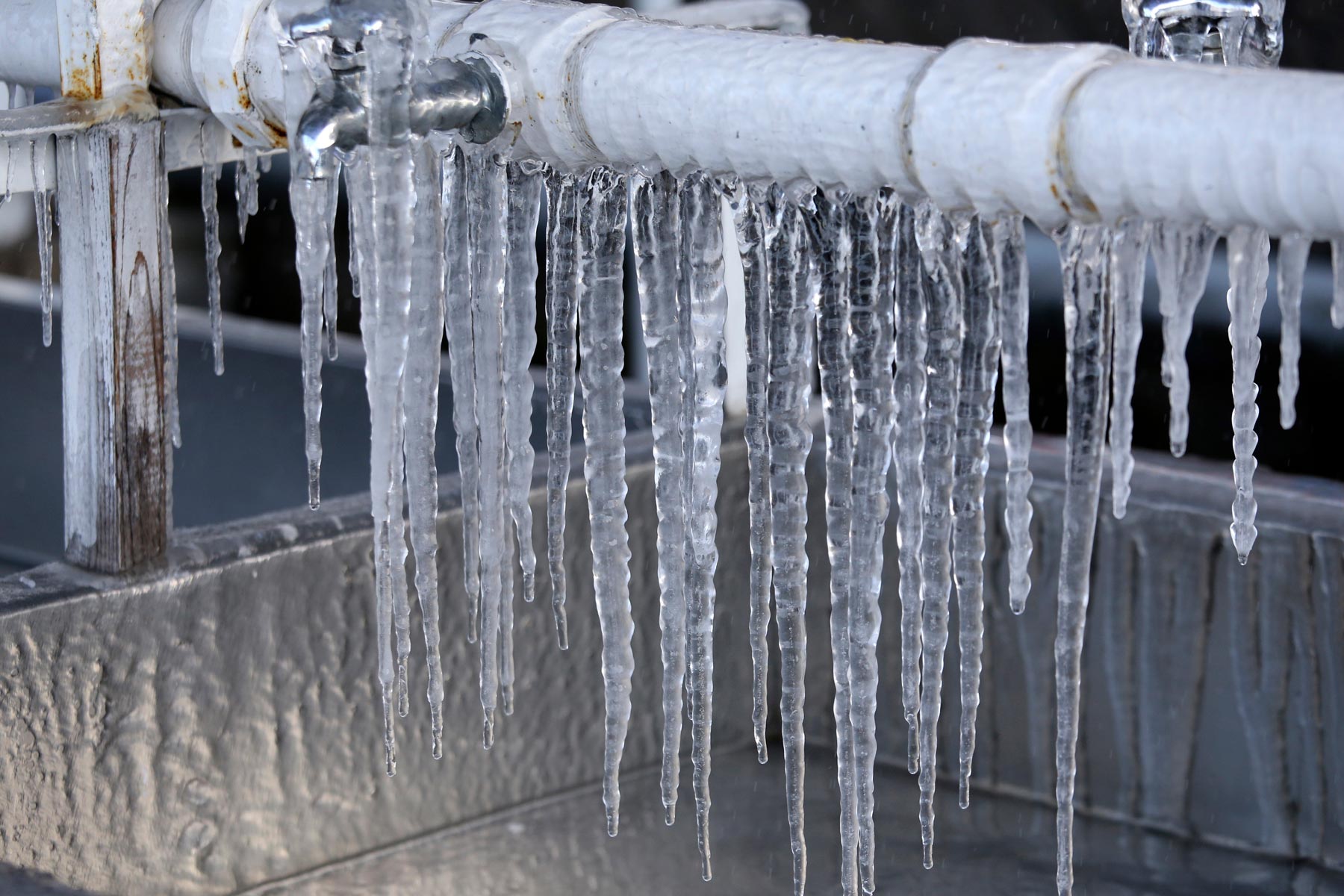The writer is making a number of great observations on How to Prevent Your Pipes From Freezing as a whole in the article further down.

Winter can damage your pipes, specifically by freezing pipes. Below's just how to avoid it from happening and what to do if it does.
Introduction
As temperature levels decline, the threat of frozen pipelines increases, possibly leading to expensive repair work and water damages. Understanding how to stop frozen pipelines is essential for homeowners in cool environments.
Comprehending Frozen Pipes
What creates pipes to ice up?
Pipes ice up when exposed to temperature levels listed below 32 ° F (0 ° C) for prolonged periods. As water inside the pipes freezes, it increases, taxing the pipeline walls and potentially causing them to break.
Risks and problems
Icy pipes can lead to supply of water disruptions, residential or commercial property damages, and expensive repair work. Ruptured pipes can flooding homes and cause considerable structural damages.
Indications of Frozen Pipes
Recognizing frozen pipelines early can prevent them from rupturing.
How to determine icy pipelines
Search for reduced water circulation from faucets, unusual odors or noises from pipelines, and noticeable frost on exposed pipes.
Avoidance Tips
Protecting prone pipes
Wrap pipes in insulation sleeves or make use of warm tape to protect them from freezing temperatures. Focus on pipes in unheated or external locations of the home.
Home heating techniques
Keep indoor rooms appropriately heated, especially locations with pipes. Open up cabinet doors to allow warm air to circulate around pipelines under sinks.
Shielding Exterior Plumbing
Garden hoses and exterior taps
Separate and drain pipes yard hoses prior to winter months. Set up frost-proof spigots or cover exterior taps with protected caps.
What to Do If Your Pipes Freeze
Immediate activities to take
If you think icy pipelines, keep taps available to alleviate stress as the ice thaws. Use a hairdryer or towels taken in warm water to thaw pipes gradually.
Long-Term Solutions
Structural changes
Consider rerouting pipelines far from outside walls or unheated areas. Include added insulation to attics, basements, and crawl spaces.
Updating insulation
Invest in top notch insulation for pipes, attics, and wall surfaces. Proper insulation assists keep constant temperatures and decreases the risk of icy pipelines.
Final thought
Protecting against frozen pipes needs positive steps and quick actions. By recognizing the reasons, indicators, and preventive measures, home owners can protect their plumbing throughout winter.
5 Ways to Prevent Frozen Pipes
Drain Outdoor Faucets and Disconnect Hoses
First, close the shut-off valve that controls the flow of water in the pipe to your outdoor faucet. Then, head outside to disconnect and drain your hose and open the outdoor faucet to allow the water to completely drain out of the line. Turn off the faucet when done. Finally, head back to the shut-off valve and drain the remaining water inside the pipe into a bucket or container. Additionally, if you have a home irrigation system, you should consider hiring an expert to clear the system of water each year.
Insulate Pipes
One of the best and most cost-effective methods for preventing frozen water pipes is to wrap your pipes with insulation. This is especially important for areas in your home that aren’t exposed to heat, such as an attic. We suggest using foam sleeves, which can typically be found at your local hardware store.
Keep Heat Running at 65
Your pipes are located inside your walls, and the temperature there is much colder than the rest of the house. To prevent your pipes from freezing, The Insurance Information Institute suggests that you keep your home heated to at least 65 degrees, even when traveling. You may want to invest in smart devices that can keep an eye on the temperature in your home while you’re away.
Leave Water Dripping
Moving water — even a small trickle — can prevent ice from forming inside your pipes. When freezing temps are imminent, start a drip of water from all faucets that serve exposed pipes. Leaving a few faucets running will also help relieve pressure inside the pipes and help prevent a rupture if the water inside freezes.
Open Cupboard Doors
Warm your kitchen and bathroom pipes by opening cupboards and vanities. You should also leave your interior doors ajar to help warm air circulate evenly throughout your home.

Do you appreciate reading up on Helpful Tips to Prevent Frozen Pipes this Winter? Make a review directly below. We'd be pleased to see your reactions about this review. We are looking forward that you visit us again in the near future. Sharing is good. Helping people is fun. Thanks a lot for your time. Don't hesitate to come by our blog back soon.
Call Today